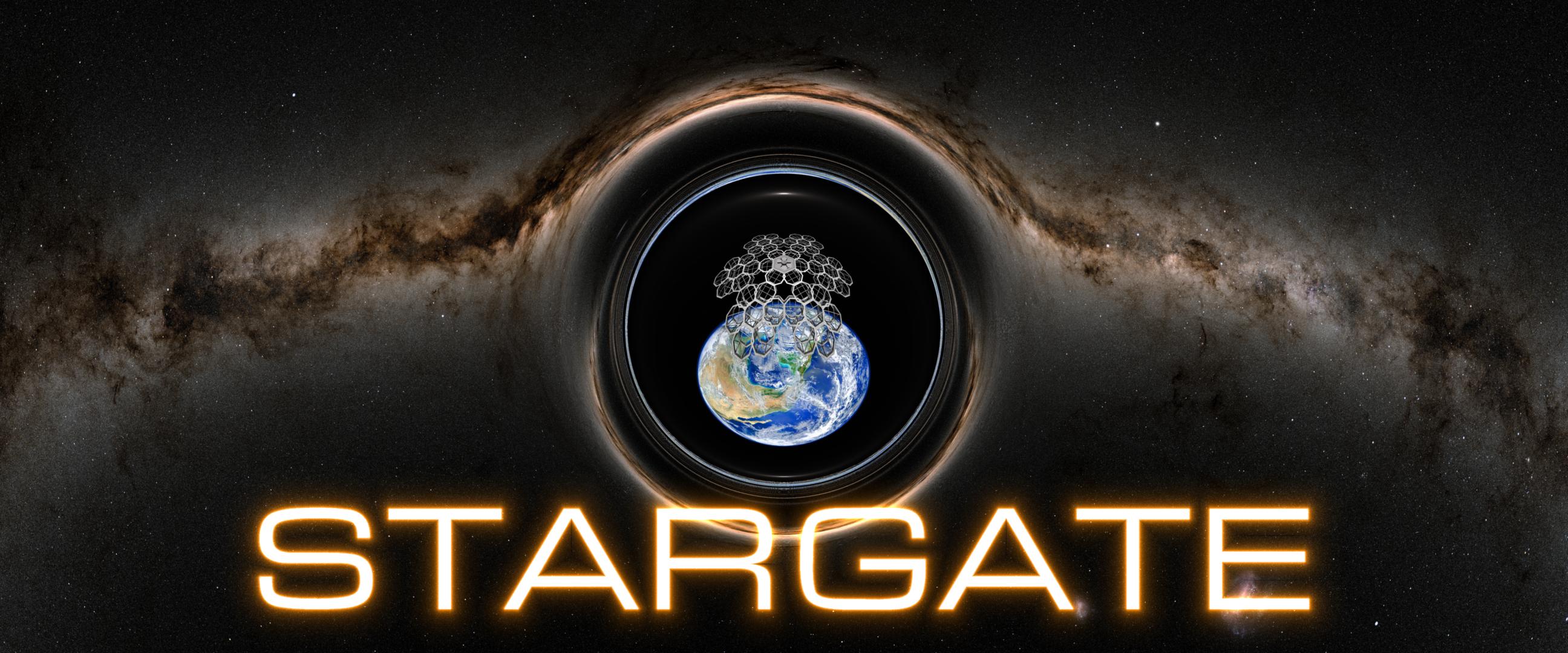STARGATE
Spacecraft Tracking and Astronomical Research into Gigahertz Astrophysical Transient Emission

The Spacecraft Tracking and Astronomical Research into Gigahertz Astrophysical Transient Emission (STARGATE) project is an R&D program within CARA to develop technologies for space exploration and commercialization.
New Opportunities
Originally conceived by Dr. Fredrick Jenet as a public-private partnership between the Center for Advanced Radio Astronomy (CARA) at UTRGV and SpaceX, the development of STARGATE prompted the UT system to designate CARA the first research unit of the new UT Rio Grande Valley (UTRGV).
STARGATE will develop new radio frequency based technologies and other technologies for space exploration and commercialization. STARGATE has already identified specific, innovative devices and improved algorithms that will soon allow for the next generation of orbital communication systems. This new technology will be the first wave of inventions commercialized at STARGATE.
CARA has already established UTRGV as an important research center in astrophysics, but STARGATE will give worldwide recognition to the new UT university as a leading research institution.
STARGATE gives UT researchers a competitive edge for state and federal funding. Once the new technologies are ready for commercial production, the markets they can serve are huge (over $60B/year).
A Proven Team
The team behind STARGATE has proven experience in winning competitive research grants, invention, and commercialization. Now, thanks to the STARGATE project, they have also garnered international interest for new collaborations from industry, government, and scientific partners.
UTRGV's CARA has developed tools used by researchers around the world for processing signals from radio pulsars. That prior effort gives STARGATE a competitive advantage in the development of tools needed for the next generation of orbital RF communication.
STARGATE has already established collaboration with manufacturing companies with experience in electronics, radio, and aerospace components. Their specific expertise will ensure STARGATE's designs are commercially viable and help speed prototyping and development.
STARGATE has cultivated support from the community and is seeking funding from various sources to ensure sustainability for the program. Contributors to STARGATE include the Brownsville Economic Development Council and the Greater Brownsville Incentives Corporation, the State of Texas Emerging Technology Fund, UT System, and the U.S. Economic Development Administration.
Facilities and Resources
Human resources committed to the STARGATE project include:
- CARA’s proven local team of experts in space exploration.
- CARA's network of world renowned scientists/engineers with expertise in space exploration, space missions, RF technologies, signal processing, and "Big Data."
- Professional PhD level student associates in Physics, Astrophysics, Engineering, Computer Science, and Business.
- Industry mentoring program for students and entrepreneurs.
- Community outreach and education resources through its involvement in the STARGATE Talks lecture series
Facilities and physical resources supported by the STARGATE project include:
- STARGATE Spaceport Lab: 15,000 square foot reconfigurable lab space, business incubator, and control center adjacent to the SpaceX South Texas Launch Site. It is currently leased to SpaceX for development of the Starship orbital launch system.
- CARA Multipurpose Electronics Lab (CARAMEL): 2,000 square foot laboratory on the UTRGV Brownsville campus, fully equipped for developing radio-frequency (RF) and other electronic systems. It includes RF test equipment and network analyzers up to 50 GHz, printed circuit board prototyping, and a 100 square foot RF-shielded anechoic test chamber.
- CARA/CGWA Laser Lab: Research laboratory for high-powered lasers and optics for communication and precision metrology, including optical fibre splicing equipment.
- STARGATE Space Simulator: Large-volume cryogenic vacuum system for testing instruments and materials in a simulated space pressure and thermal environment.
- STARGATE Ground Station: 20-element phased-array spacecraft tracking and communication complex on the UTRGV Brownsville campus.
- STARGATE Engineering: A rapid prototyping facility on the UTRGV Brownsville campus, operated in collaboration with the College of Engineering. It includes additive and subtractive manufacturing with computer-controlled milling and 3d printing in a variety of materials, including polymer, acrylic resin, and metal (laser powder bed fusion: stainless steel, aluminum, and titanium).
R&D Projects
Technology research and development projects pursued by STARGATE include:
- Phased-array systems for orbital communication, tracking, debris monitoring.
- High-power low-cost lasercomm systems for spacecraft.
- Novel off-the-grid power and communication systems for remote operations.
- Machine learning and edge computing for remote sensors in low-bandwidth locations.
- New materials for spacecraft propulsion systems and shielding.
- Software for Earth imaging and geolocation.
- Radio-frequency interference mitigation and EM spectrum sharing.
- Gravity gradiometry for remote sensing.
Education
The South Texas region has unique demographic challenges in the United States. Improving the technical workforce pipeline is one of them. UTRGV's Arecibo Remote Command Center (ARCC) program has already boosted the numbers of physics graduates with Masters or PhDs in the region. STARGATE will also be integrated into that pipeline to further expand the number of opportunities, and the demand for graduates with advanced mathematics, physics, and engineering degrees in South Texas. In its first decade, ARCC has already obtained some dramatic results, and STARGATE is expected to multiply them.
